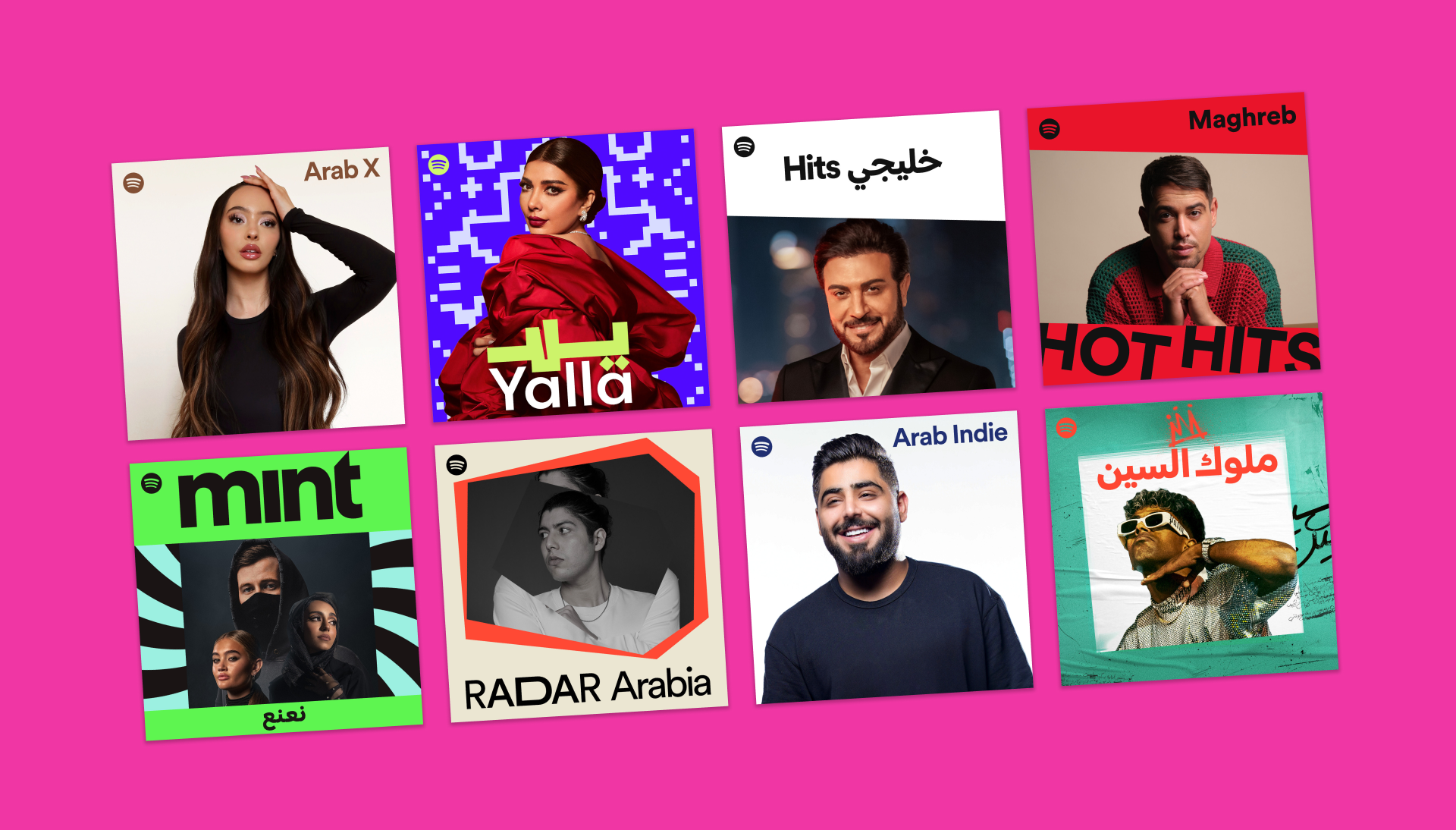
Akshat Harbola, Spotify’s Managing Director of Middle East, North Africa (MENA), and South Asia is a massive rock music fan. Egyptian indie-rock band Cairokee, Abdul Hannan from Pakistan, and Jadal from Jordan top his playlists—showcasing a captivating blend of talents from the markets he oversees. The Middle East and North Africa is a vast, rapidly changing region that is categorized in particular by its young demographics, increasing digital landscape, and fast-growing music market. And all that was set to hyperspeed when Spotify first entered the region five years ago.

Akshat Harbola
“At the heart of MENA’s digital landscape is its youthful, tech-savvy demographic, who hold a profound appreciation for both global and local content,” Akshat told For the Record. “Platforms like Spotify act as catalysts for this cultural exchange, enabling users to discover and share new music genres and podcasts. Countries like Egypt, Saudi, UAE, Morocco, Iraq, and Algeria are at the forefront of content sharing on Spotify, showcasing a community-driven digital culture.”
In honor of Spotify’s five-year anniversary in the region, For the Record chatted with Akshat about his auditory observations.
What are some notable similarities and differences around music listening across MENA?
The musical preferences across the region are as diverse as they are interconnected, especially when venturing beyond local genres. While Khaleeji music finds a strong foothold in Saudi, Egyptian pop, local indie, and local rap are favored in Egypt. This local appreciation also meets a growing affinity for global genres like K-Pop, U.S. rap, and Afrobeats, painting an eclectic musical canvas.
Having high rates of internet penetration have been pivotal in catalyzing this engagement. Saudi Arabia is at 99% and Egypt is nearing 80%. Consumers’ preference for mobile Spotify streaming really illustrates this digital savvy and hyper-connected MENA demographic. The popularity of streaming Spotify on gaming consoles in Saudi Arabia, a market where 80-90% of the population identifies as gamers, also indicates the hyper digital culture in the region.
MENA’s music market is on an upward trajectory, with IFPI statistics spotlighting it as the world’s fastest-growing music market in 2021, and ranking third in 2022, with 23.8% year-on-year growth. Streaming dominates the market, holding a 95.5% share, the highest globally.

The region’s incredible music and artists are streamed in huge numbers abroad. What does this tell you about MENA’s global impact?
On Spotify, music genres from MENA have grown by over 170% between 2019 and 2022. Some of the most exported genres we are seeing include Egyptian pop from Egypt, Amazigh from Morocco, and Khaleeji from Saudi Arabia, thus reflecting the rich diversity of the sounds emanating from the region. The rising international streaming of MENA music reflects the region’s creative vibrancy and the evolving tastes of today’s young Arab listeners.
There’s also been a surge of new creators and a rising popularity of local hip-hop and indie music, driven largely by Gen-Z listeners and young artists. They blend local and global sounds, moving towards a more fluid musical narrative that doesn’t box them into a singular identity. This shift towards experimentation in musical expression is gaining traction in the wider music scene, with increased cross-border collaborations among artists. More artists are embracing multilingualism in their music, and diaspora artists like Saint Levant and Elyanna are reconnecting with their home cultures. Artists like Issam Al Najjar and kouz1 are also finding audiences beyond MENA, with tracks like “Hadal Ahbek” resonating in Indonesia and kouz1 gaining fans in the Netherlands.
The growing global interest in MENA music, as seen by the nearly 40% yearly increase in MENA artists streaming outside the region from 2019 to 2023 on Spotify, signals a promising outlook for the Arabic music scene on the global stage.
What streaming trends are you noticing?
We are really pleased with the evolution of local consumption that has been taking place on Spotify. Earlier this year, we welcomed Saudi Arabia’s music production label Rotana with its full catalog on our platform, encompassing over 10,000 songs by a variety of over 100 legendary Arab artists from across the region. With that, we are seeing more Khaleej music being consumed in Saudi. And when we look at our Spotify Charts and our annual Wrapped results in markets like Egypt and Morocco, we see predominantly local songs and artists being streamed the most.

How about podcasting?
Podcasting in MENA is witnessing an exciting momentum, with a notable surge of 223% in average daily podcast listening hours from November 1, 2021 to September 10, 2023. A particular highlight is the popularity of long-form interviews in Saudi Arabia. According to a recent YouGov study, MENA markets boast the highest percentage of heavy podcast listeners, with Saudi Arabia leading, as an impressive 67% of adults tune into podcasts for an hour or more weekly.
This burgeoning interest is further fueled by the creativity of independent creators, who bring unique shows like the Karohat comedy podcast in Egypt and Al Salfa in Saudi. Additionally, mainstream media entities like The National and CNN Business Arabic are embracing this trend by incorporating podcasts into their content strategies, thereby expanding the podcasting realm.
The podcast genres resonating most with listeners include society and culture, comedy, and mental health and self improvement, as seen in popular shows Kanbet El Sabit in Saudi and Eshtrey Menny in Egypt. The diversity in content is exemplified by top shows like Finjan with Abdul Rahman Abu Maleh, Jinaya, #ABtalks, and Droos Podcast, each offering a unique narrative, contributing to a rich and evolving podcast culture in the region.
Looking forward, what are some of the continued opportunities for creators?
It’s exciting. Our RADAR and EQUAL Arabia programs are close to our hearts, and the impact they’re having is pretty incredible. Artists in these programs are not just seeing their streams skyrocket—which is awesome—but they’re also getting some amazing opportunities that go way beyond our platform. Our Saudi EQUAL Arabia Ambassador, Zena Emad, has recently collaborated with Alan Walker on a new version of his single “Land Of The Heroes,” featuring Sophie Stray. Having Zena on the record was like a nod to Saudi’s influential gaming culture and a celebration of the Arabic music scene. Another movement we are particularly excited about is the growing scene of women artists in indie music, and we are excited to see this continue to grow into 2024.
Catch the biggest hits from the Arab world on Yalla.








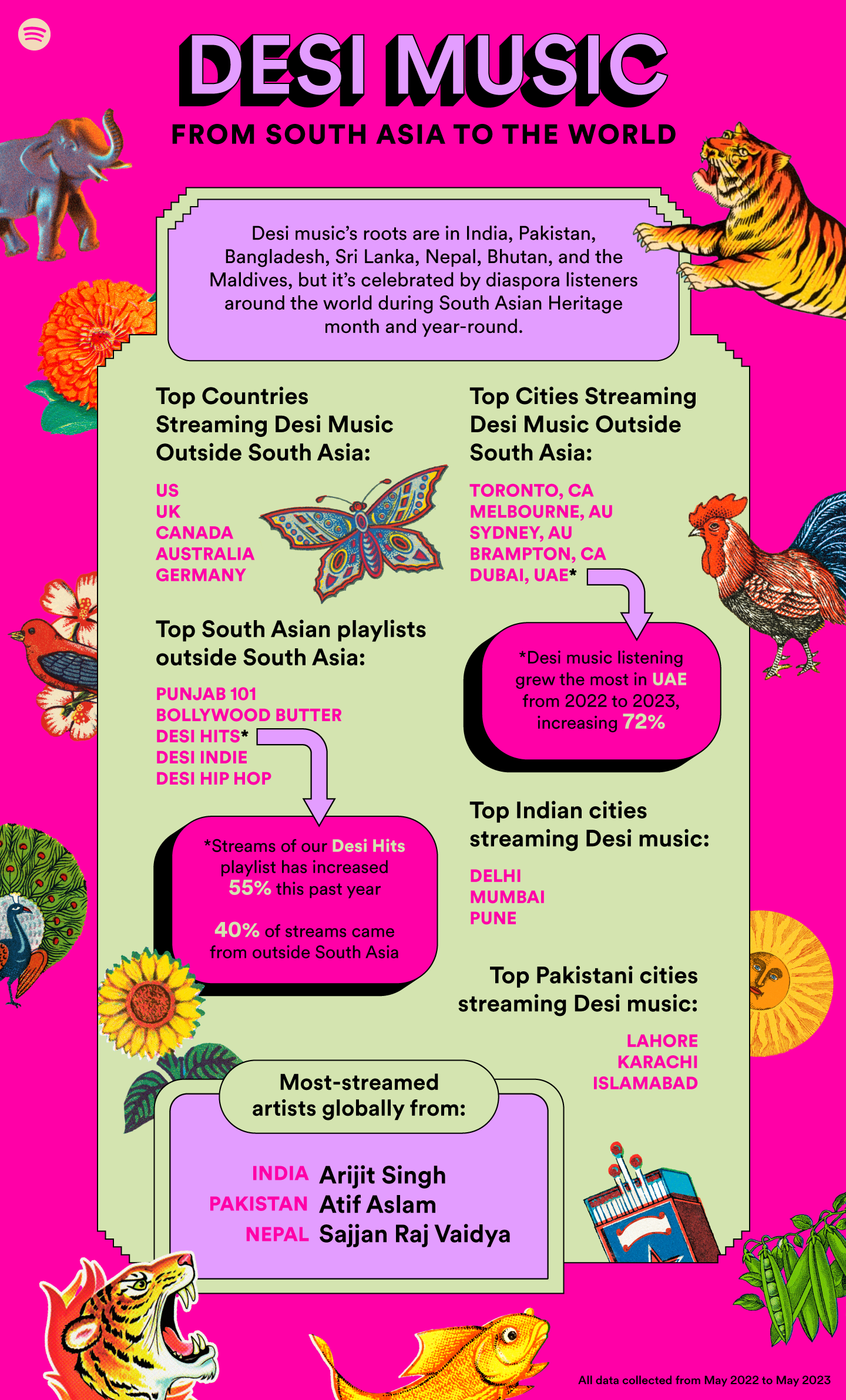
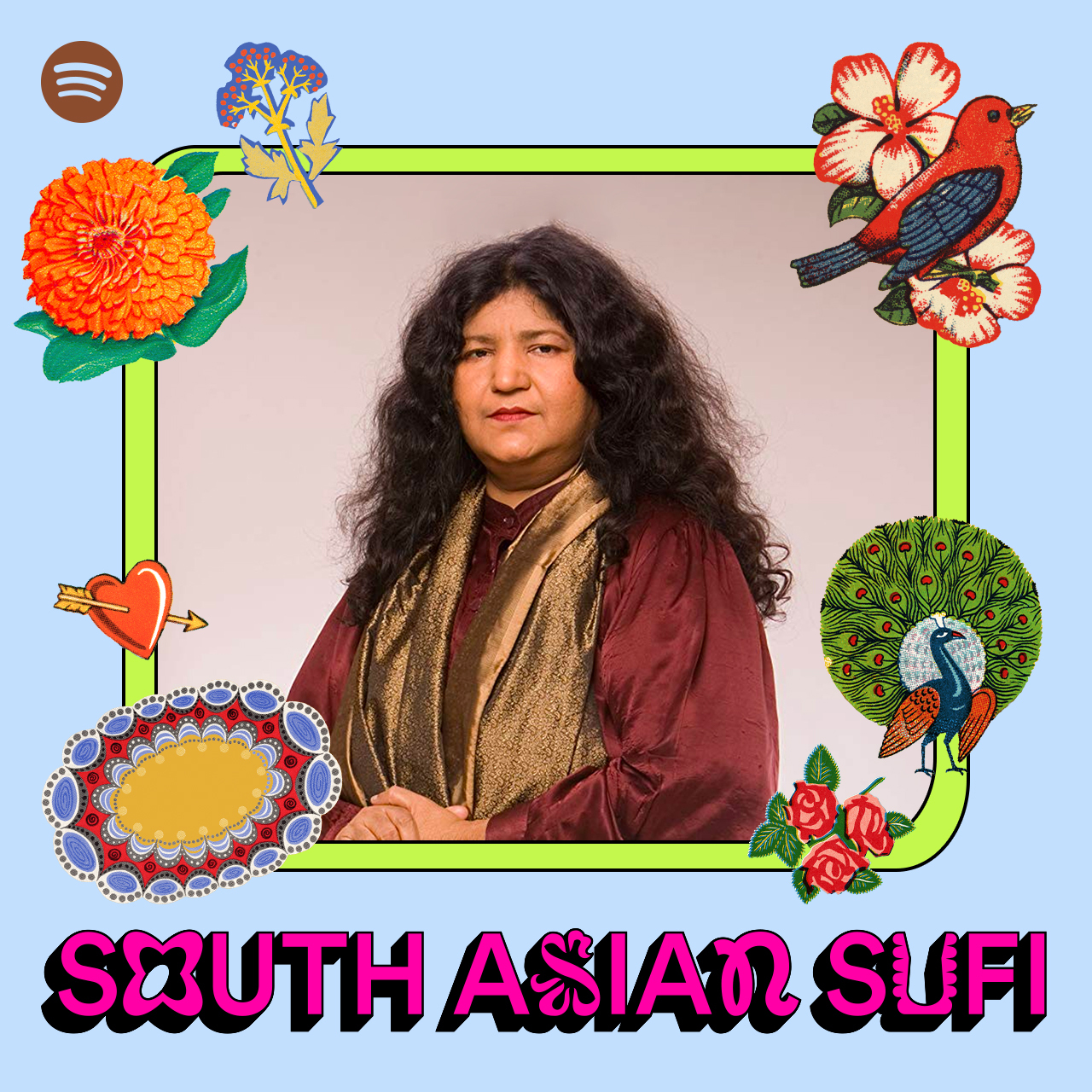
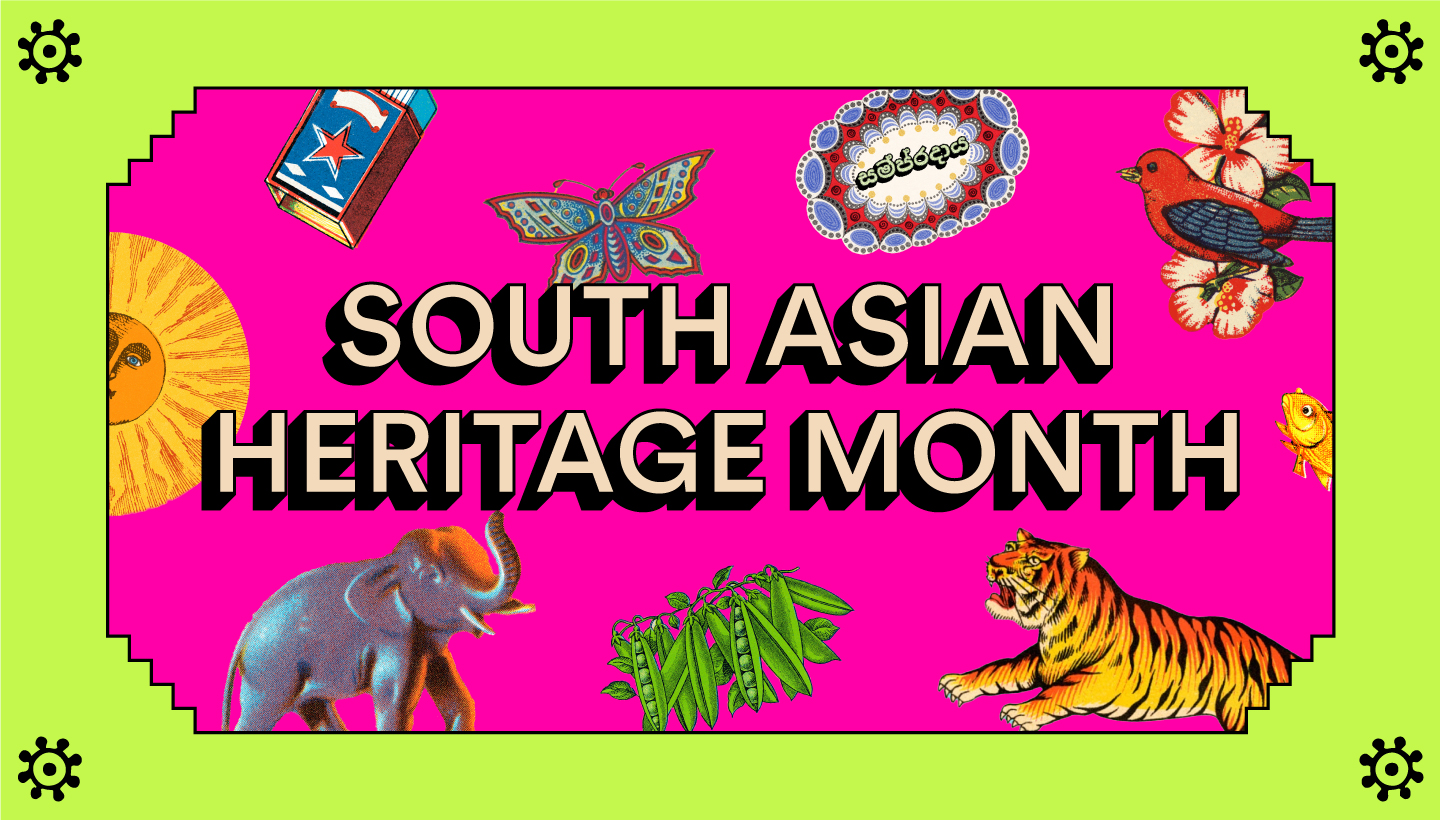






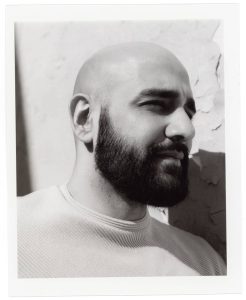
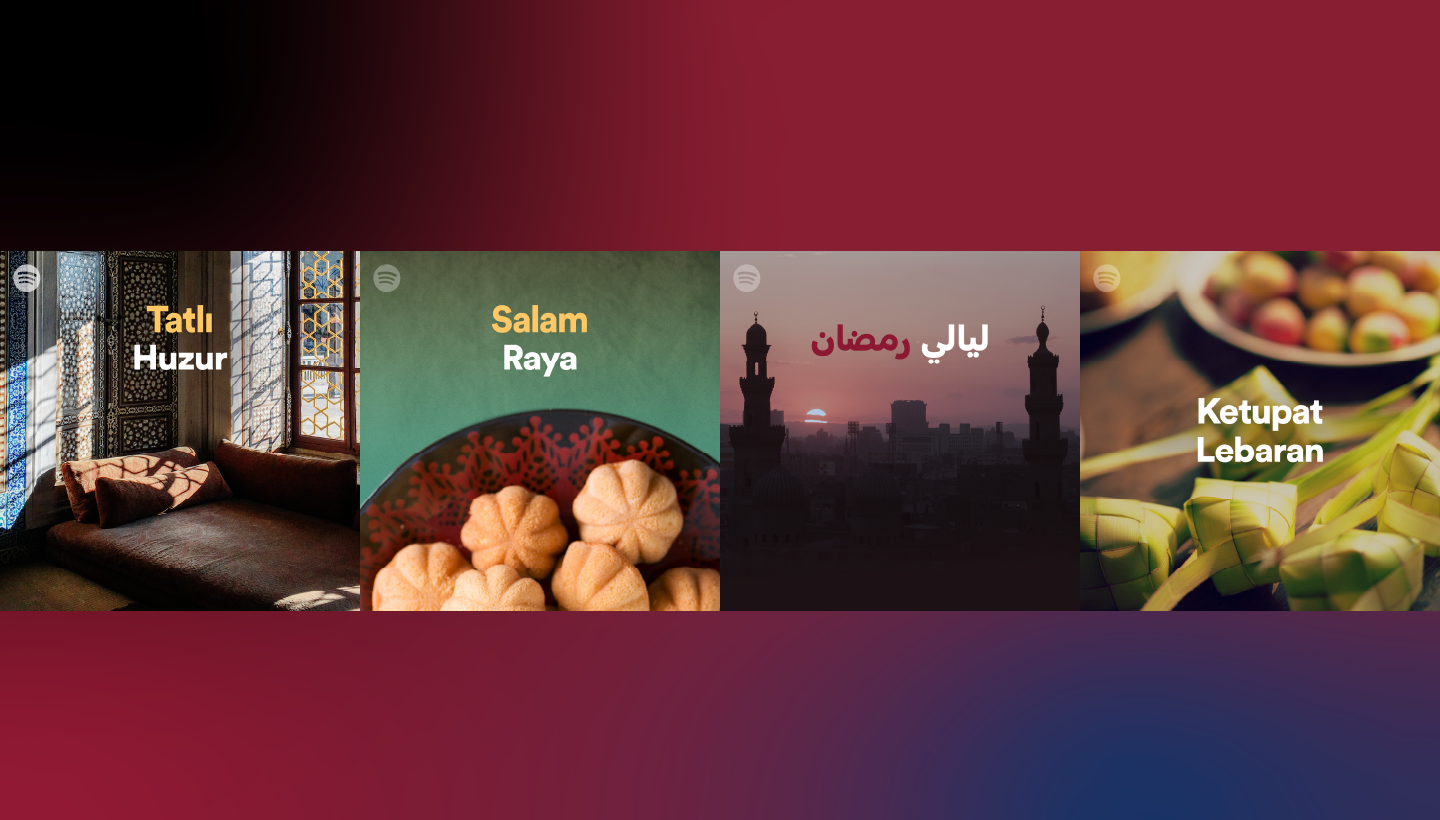
Recent Comments